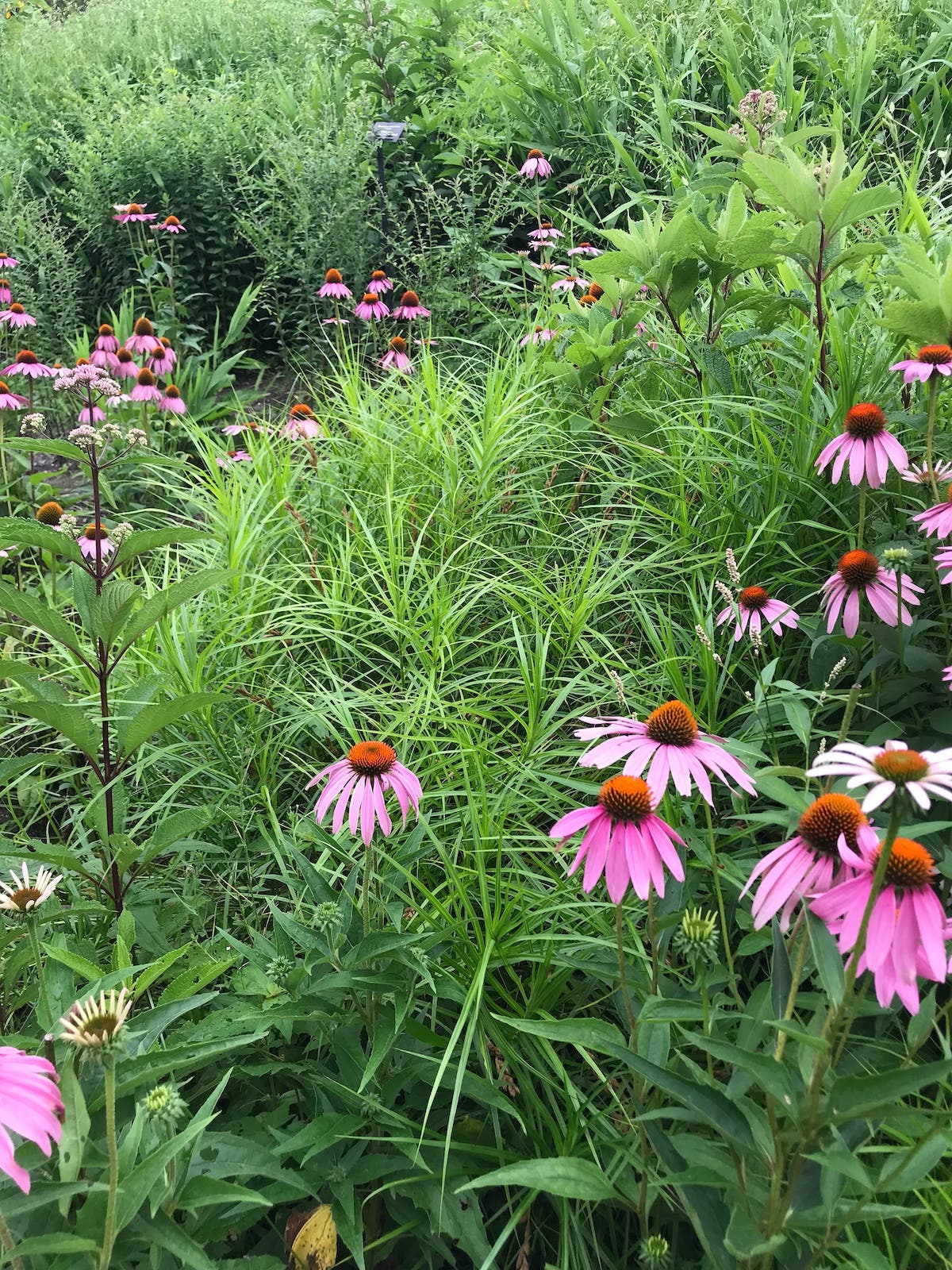Winged Silverbell
Two-winged silverbell is an excellent ornamental tree for humid regions.
Endorsing the garden worthiness of a wild plant is risky business. It all comes down to something called provenance: that is, from where the genetic material of the plant you are evaluating came. This is particularly important when the species has a broad range of distribution, but equally so if, within its range, the plant occupies diverse ecological niches. Now that we have begun to better understand North America's natural heritage, this principle becomes increasingly important. A case in point is the small Floridian ecotype of the two-winged silverbell, Halesia diptera var. magniflora.
The genus Halesia is a member of the highly ornamental Styracaeae, or styrax, family. Many of the genera within its ranks are found only in Asia; they include Rehderodendron, Pterostyrax, Sinojackia, and Alniphyllum, among others. Only two are switch-hitters, that is, with species occurring in both Asia and North America. Along with Styrax, Halesia illustrates the biogeographical link between the flora of southeastern North American and Eastern Asia. Though the two North American species are much better known than their rare Chinese counterpart, H. macgregori, all the halesias are worthy of a closer look as refined small trees for American gardens.
The taxonomy of the genus has been in a muddle ever since the genus was erected in honor of the 17th-century pioneering physiologist Dr. Stephen Hales. (This surname clues us to the proper pronunciation of his namesake genus: HALE-zee-uh, not the more often heard huh-LEE-zhuh.) Much of this arises from the fact that the two recognized species occupy a large portion of the American Southeast. The Carolina snowbell, H. Carolina (= H. tetraptera), is found naturally from West Virginia and Kentucky to Arkansas and south to northern Florida. The two-winged silverbell, H. diptera, has a more southerly distribution on the coastal plain, from South Carolina to northern Florida and west to eastern Texas.
Yet this is where the concept of provenance enters the scene. Halesia diptera occurs in two distinctive habitats. Halesia diptera var. diptera is a shade-loving denizen of the lower-elevation flood plains of these states, while in northeastern Florida, H. diptera var. magniflora ascends the woodland slopes to reside in higher ground. For reasons we do not know, or perhaps for no reason at all (a modern take on adaptive evolution), this smaller upland population became prettier.
I was introduced to this fine small tree by J. C. Raulston in the late 1980s; it was flourishing at what was then North Carolina State Arboretum (now the J. C. Raulston Arborctum) in Raleigh. Though there are few trees or shrubs about which J. C. could not find at least something good to say, he raved about this tree. And whenever J. C. raved, I always listened.
In the landscape it takes the form of a wide spreading shrub or small tree with a more or less rounded growth habit, growing to 30 by 20 feet. The ovate, slightly toothed leaves are deciduous and turn to a pleasing yellow in autumn. Yet it is for spring that it reserves its most potent ornament, when the previous year's growth is heavily weighed down with a flurry of pendulous, bell-shaped flowers of icy white, to one-and-a-half inches in length—nearly twice as large as its lowland counterpart.
After flowering, a second season of interest commences with the formation of curiously charming, one-inch, two-winged fruit (hence the specific epithet, diptera), which are suspended from the branches until late autumn and early winter. This fruit readily distinguishes H. diptera from the other American species, H. carolina, which possesses a four-winged fruit.
Unfortunately, Halesia diptera var. magniflora doesn't perform well in the Seattle area, where the cooling machine called the Puget Sound prevents the ripening needed for full flowering potential. But for the sultry summer areas of eastern Texas, through the coastal states, and northward to the Mid-Atlantic states, this is simply one of the best small native trees one can choose.
Essentials:
TYPE OF PLANT: deciduous tree
FAMILY: Styracaceae (styrax)
ORIGIN: northeastern Florida
HARDINESS: USDA Zones 5-9; Sunset Zones 2-9. 14-24. 31-41
HEIGHT/SPREAD: 30/20 ft.
LEAVES: alternate. ovate to almost orbicular, 3-5 1/2 in. long, sinuate-serrate, dark green
FLOWERS: four-lobed, white, to 1 1/2 inches long, corolia deeply cut
FRUITS: A two-winged dry drupe, 1-2 in. long
SITE REQUIREMENTS: full sun to shade: well-drained but evenly moist soils
PROPAGATION: cuttings difficult to overwinter the first season; seed requires two cold periods before breaking dormancy







